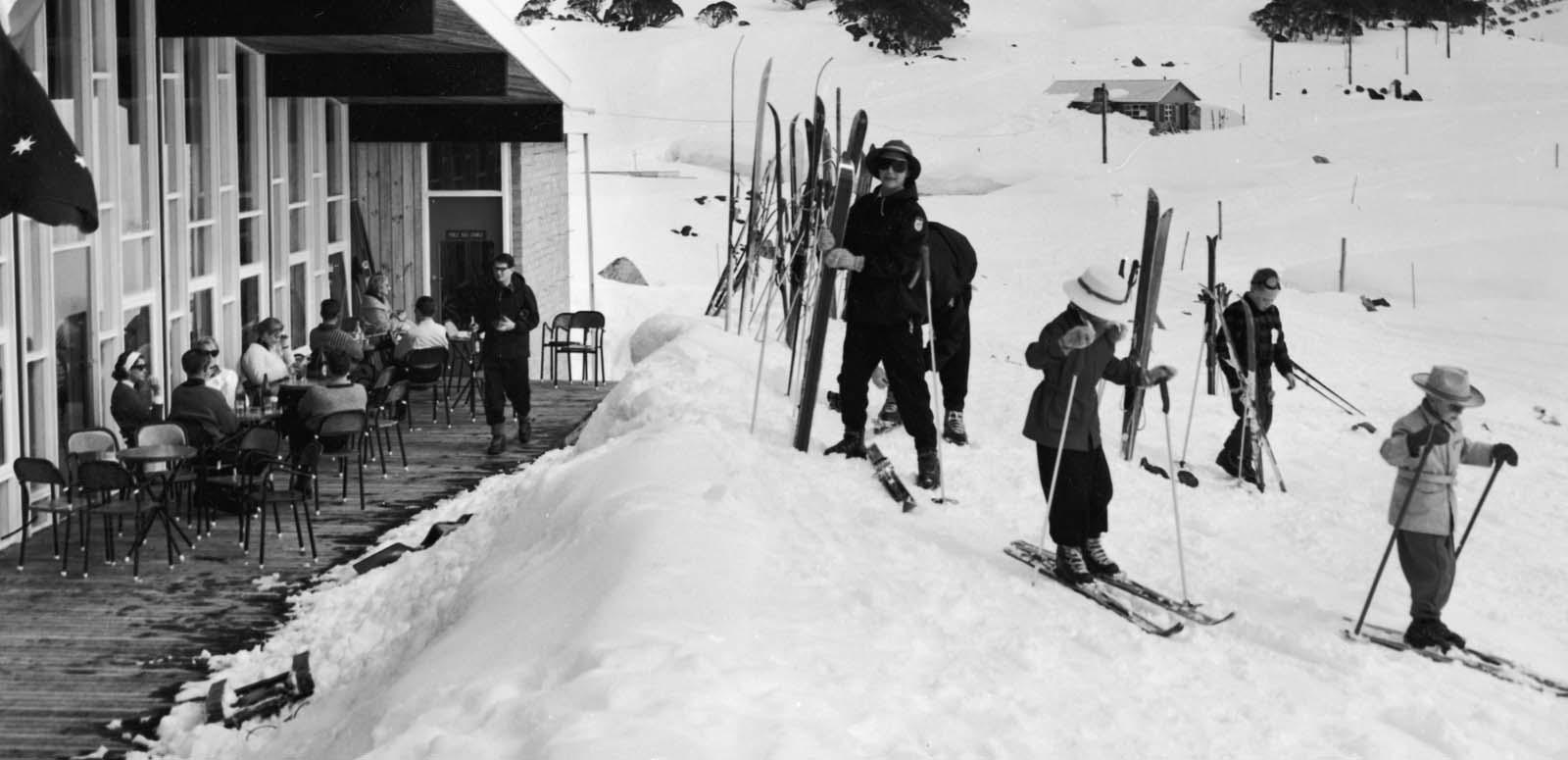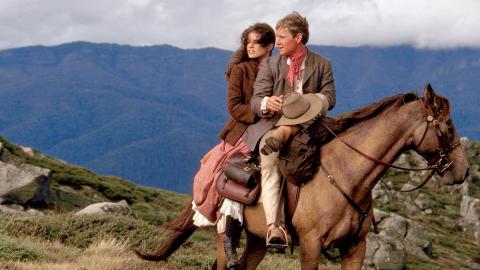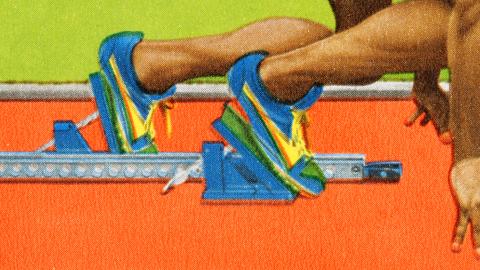

Skiing in Australia
Skiing in Australian Snowfields
Does Australia really have more snow than Switzerland? For some people it comes as a surprise to hear that Australia receives any snow at all!
Here is a selection of clips from our collection tracing the development of skiing in Australia from as early as 1926 and our continuing relationship with the snowfields.
It took European migrants in the 1940s and 50s, with their centuries-old traditions, to really open up Australia's alpine regions and turn them into a winter playground.
Since then skiing has boomed and Australia boasts a number of well-serviced and popular ski resorts.
The National Film and Sound Archive of Australia acknowledges Australia’s Aboriginal and Torres Strait Islander peoples as the Traditional Custodians of the land on which we work and live and gives respect to their Elders both past and present.


